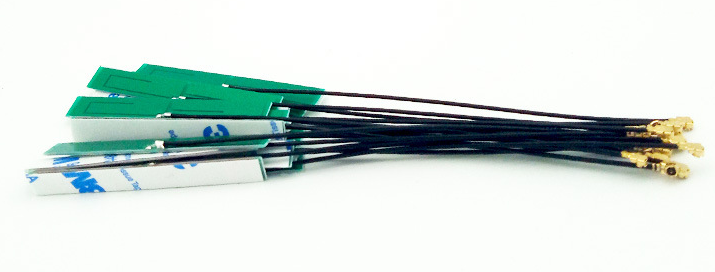Design considerations and applications of ultra-high frequency PCB antennas
Introduction
In the realm of wireless communications, antennas play a critical role in transmitting and receiving signals. With the advent of the Internet of Things (IoT) and 5G technology, antennas are becoming even more important in enabling advanced communication applications. One specific type of antenna that has gained increasing attention in recent years is the high-frequency printed circuit board (PCB) antenna. This paper provides an in-depth analysis of the ultra-high-frequency PCB antenna, examining its properties, design considerations, and applications.

Properties of Ultra-High-Frequency PCB Antennas
Ultra-high-frequency PCB antennas are designed to operate at high-frequency radio waves ranging from 300 MHz to 3 GHz. These antennas are characterized by their small size, low cost, ease of fabrication, and high efficiency. They are typically designed using microstrip technology, which involves etching a trace on a dielectric substrate. The size of the PCB antenna depends on the resonant frequency and wavelength of the signal it is designed to transmit and receive.
Design Considerations for Ultra-High-Frequency PCB Antennas
Designing an ultra-high-frequency PCB antenna requires careful consideration of several factors. These factors include the substrate material, trace thickness, trace width, and length. The substrate material must have a low dielectric constant and low loss tangent to minimize losses. The trace thickness, width, and length must be optimized to match the impedance of the microstrip line to the load impedance. Additionally, the length of the microstrip line must be equal to a quarter wavelength to achieve resonance.
Applications of Ultra-High-Frequency PCB Antennas
Ultra-high-frequency PCB antennas find widespread applications in wireless communication systems like RFID, Bluetooth, GPS, and Wi-Fi. They are also used in medical devices, satellite communication systems, and military radios. In RFID systems, ultra-high-frequency PCB antennas are used to read information from tags on products, while in GPS systems, they are used to receive signals from satellites. Due to their small size and low cost, these antennas are ideal for use in IoT devices, which require wireless connectivity.
Conclusion
In conclusion, ultra-high-frequency PCB antennas are an essential component of modern wireless communication systems. They offer several advantages over traditional antennas, including small size, low cost, ease of manufacturing, and high efficiency. Designing these antennas requires careful consideration of several factors, including substrate material, trace thickness, trace width, and length. Ultra-high-frequency PCB antennas find widespread applications in IoT devices, RFID systems, GPS, and military radios. As wireless communication technology continues to advance, the importance of ultra-high-frequency PCB antennas will only increase.





